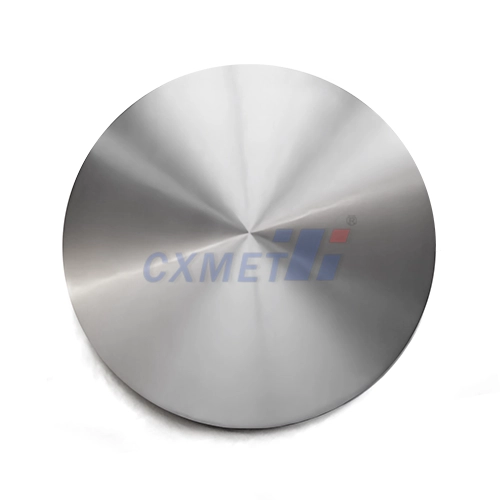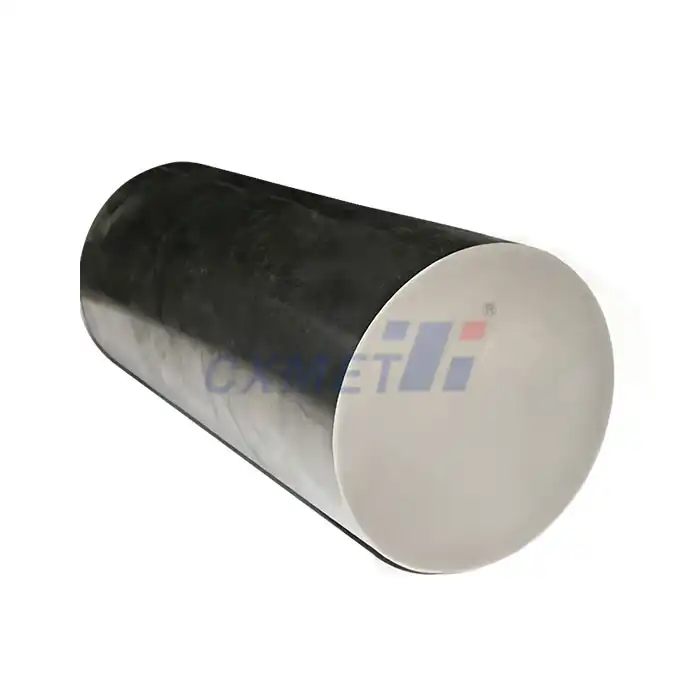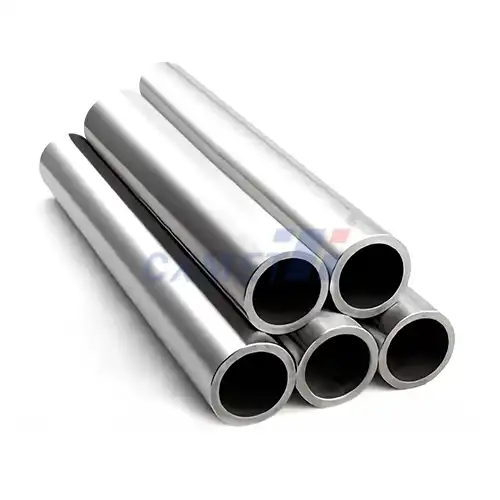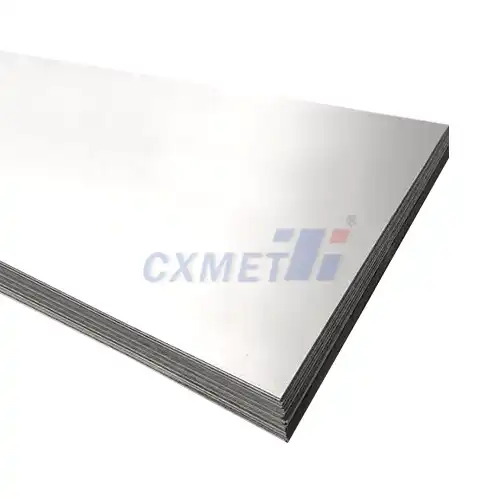- English
- French
- German
- Portuguese
- Spanish
- Russian
- Japanese
- Korean
- Arabic
- Greek
- German
- Turkish
- Italian
- Danish
- Romanian
- Indonesian
- Czech
- Afrikaans
- Swedish
- Polish
- Basque
- Catalan
- Esperanto
- Hindi
- Lao
- Albanian
- Amharic
- Armenian
- Azerbaijani
- Belarusian
- Bengali
- Bosnian
- Bulgarian
- Cebuano
- Chichewa
- Corsican
- Croatian
- Dutch
- Estonian
- Filipino
- Finnish
- Frisian
- Galician
- Georgian
- Gujarati
- Haitian
- Hausa
- Hawaiian
- Hebrew
- Hmong
- Hungarian
- Icelandic
- Igbo
- Javanese
- Kannada
- Kazakh
- Khmer
- Kurdish
- Kyrgyz
- Latin
- Latvian
- Lithuanian
- Luxembou..
- Macedonian
- Malagasy
- Malay
- Malayalam
- Maltese
- Maori
- Marathi
- Mongolian
- Burmese
- Nepali
- Norwegian
- Pashto
- Persian
- Punjabi
- Serbian
- Sesotho
- Sinhala
- Slovak
- Slovenian
- Somali
- Samoan
- Scots Gaelic
- Shona
- Sindhi
- Sundanese
- Swahili
- Tajik
- Tamil
- Telugu
- Thai
- Ukrainian
- Urdu
- Uzbek
- Vietnamese
- Welsh
- Xhosa
- Yiddish
- Yoruba
- Zulu
What Is The Tensile Strength Of Gr2 Titanium Wire?
2024-12-26 14:52:12
Titanium Grade 2 (Gr2) wire is renowned for its exceptional strength-to-weight ratio, corrosion resistance, and biocompatibility. One of the most crucial properties of this material is its tensile strength, which determines its ability to withstand stress without breaking. Understanding the tensile strength of Gr2 Titanium Wire is essential for engineers, manufacturers, and researchers working with this versatile material in various applications, from aerospace to medical implants.

How does Gr2 Titanium Wire compare to other materials in terms of strength?
When comparing Gr2 Titanium Wire to other materials, it's important to consider not only its tensile strength but also its unique combination of properties. Gr2 Titanium Wire typically has a tensile strength ranging from 340 to 540 MPa (49,300 to 78,300 psi), which is significantly higher than many other commonly used metals.
Compared to stainless steel, for example, Gr2 Titanium Wire offers a similar strength-to-weight ratio but with superior corrosion resistance. While some grades of stainless steel may have higher absolute tensile strength, titanium's lower density means that it can provide comparable strength at a much lower weight. This makes it an ideal choice for applications where weight reduction is crucial, such as in aerospace or automotive industries.
When compared to aluminum alloys, Gr2 Titanium Wire generally offers higher tensile strength. Although some high-strength aluminum alloys can match or exceed the tensile strength of Gr2 Titanium, they often lack titanium's excellent corrosion resistance and biocompatibility. This makes titanium a preferred choice in marine environments and medical applications.
Copper and brass wires, while excellent conductors of electricity, fall short in terms of tensile strength when compared to Gr2 Titanium Wire. This makes titanium wire an attractive option for applications that require both strength and moderate electrical conductivity, such as in certain aerospace components or specialized electronic applications.
It's worth noting that while Gr2 Titanium Wire offers impressive strength, there are other grades of titanium, such as Grade 5 (Ti-6Al-4V), that offer even higher tensile strengths. However, Gr2 is often preferred for its excellent formability and weldability, making it a versatile choice for many applications.
What factors affect the tensile strength of Gr2 Titanium Wire?
Several factors can influence the tensile strength of Gr2 Titanium Wire, and understanding these can help in optimizing its performance for specific applications:
- Manufacturing Process: The method used to produce the wire, such as cold drawing or annealing, can significantly affect its tensile strength. Cold working generally increases the strength but may reduce ductility, while annealing can provide a balance between strength and formability.
- Wire Diameter: The diameter of the wire can impact its tensile strength, with thinner wires often exhibiting higher strength due to work hardening during the drawing process. However, this relationship is not always linear and can vary depending on other factors.
- Heat Treatment: Various heat treatment processes can alter the microstructure of the titanium, affecting its mechanical properties, including tensile strength. Proper heat treatment can optimize the balance between strength and ductility.
- Purity and Composition: While Grade 2 titanium is considered commercially pure, slight variations in its composition, particularly in oxygen content, can affect its strength. Higher oxygen content generally increases strength but may reduce ductility.
- Surface Condition: The surface finish of the wire can influence its tensile strength. Smoother surfaces with fewer defects generally result in higher strength, as surface imperfections can act as stress concentrators.
- Environmental Factors: While titanium is known for its excellent corrosion resistance, extreme environmental conditions or prolonged exposure to certain chemicals can potentially affect its mechanical properties, including tensile strength.
Understanding these factors is crucial for manufacturers and engineers working with Gr2 Titanium Wire. By carefully controlling these variables, it's possible to tailor the wire's properties to meet specific application requirements. For instance, in medical implants, a balance between strength and biocompatibility is essential, while aerospace applications might prioritize maximum strength-to-weight ratio.
It's also important to note that while tensile strength is a critical property, it should not be considered in isolation. Other mechanical properties such as yield strength, elongation, and fatigue resistance are equally important in determining the suitability of Gr2 Titanium Wire for a particular application.

How is the tensile strength of Gr2 Titanium Wire measured and tested?
Measuring and testing the tensile strength of Gr2 Titanium Wire is a critical process that ensures the material meets the required specifications for its intended application. The process involves several standardized methods and sophisticated equipment to provide accurate and reliable results.
The primary method for measuring tensile strength is the tensile test, also known as a pull test. This test is conducted using a universal testing machine, which applies a controlled, gradually increasing tensile force to a sample of the wire until it fractures. The key steps and considerations in this process include:
- Sample Preparation: A section of the Gr2 Titanium Wire is cut to a specific length, ensuring that the ends are properly prepared to fit into the grips of the testing machine without introducing stress concentrations.
- Machine Setup: The wire sample is carefully mounted in the grips of the tensile testing machine. The initial gauge length (the length of wire between the grips) is measured and recorded.
- Test Execution: The machine applies a steadily increasing tensile force to the wire sample. During this process, the machine records the applied force and the corresponding elongation of the wire.
- Data Collection: The test continues until the wire fractures. Throughout the test, the machine collects data on the force applied and the wire's elongation, which is used to generate a stress-strain curve.
- Calculations: From the collected data, several important properties are calculated, including:
- Ultimate Tensile Strength (UTS): The maximum stress the wire can withstand before fracturing.
- Yield Strength: The stress at which the wire begins to deform plastically.
- Elastic Modulus: A measure of the wire's stiffness.
- Elongation: The percentage increase in length before fracture, indicating ductility.
In addition to the standard tensile test, other specialized tests may be conducted to evaluate specific aspects of the Gr2 Titanium Wire's performance:
- Fatigue Testing: This involves subjecting the wire to cyclic loading to determine its resistance to fatigue failure, which is crucial for applications involving repeated stress.
- Creep Testing: For applications involving long-term stress at elevated temperatures, creep testing helps determine the wire's resistance to slow, permanent deformation.
- Hardness Testing: While not a direct measure of tensile strength, hardness tests (such as Vickers or Rockwell tests) can provide additional information about the wire's mechanical properties.
- Microstructural Analysis: Examining the wire's microstructure through techniques like electron microscopy can provide insights into its strength characteristics and help explain variations in tensile strength.
The testing of Gr2 Titanium Wire is typically conducted in accordance with international standards, such as those set by ASTM International or ISO. These standards ensure consistency and comparability of results across different laboratories and manufacturers.
It's important to note that while these tests provide valuable data, the actual performance of Gr2 Titanium Wire in a specific application may vary depending on factors such as the exact loading conditions, environmental factors, and the presence of stress concentrations. Therefore, while standardized testing provides crucial baseline information, engineers often conduct additional application-specific testing to ensure the wire's suitability for its intended use.
Conclusion
Understanding the tensile strength of Gr2 Titanium Wire is crucial for its effective application in various industries. Its unique combination of strength, lightweight properties, and corrosion resistance makes it an invaluable material in aerospace, medical, and marine applications. By considering the factors that affect its strength and employing proper testing methods, engineers and manufacturers can optimize the use of Gr2 Titanium Wire, ensuring reliable and efficient performance in diverse and demanding environments.
At SHAANXI CXMET TECHNOLOGY CO., LTD, we take pride in our extensive product range, which caters to diverse customer needs. Our company is equipped with outstanding production and processing capabilities, ensuring the high quality and precision of our products. We are committed to innovation and continuously strive to develop new products, keeping us at the forefront of our industry. With leading technological development capabilities, we are able to adapt and evolve in a rapidly changing market. Furthermore, we offer customized solutions to meet the specific requirements of our clients. If you are interested in our products or wish to learn more about the intricate details of our offerings, please do not hesitate to contact us at sales@cxmet.com. Our team is always ready to assist you.

References
- ASTM International. (2021). "Standard Specification for Titanium and Titanium Alloy Wire." ASTM B863-21.
- Donachie, M. J. (2000). "Titanium: A Technical Guide." ASM International.
- Leyens, C., & Peters, M. (Eds.). (2003). "Titanium and Titanium Alloys: Fundamentals and Applications." John Wiley & Sons.
- Lutjering, G., & Williams, J. C. (2007). "Titanium." Springer Science & Business Media.
- Boyer, R., Welsch, G., & Collings, E. W. (Eds.). (1994). "Materials Properties Handbook: Titanium Alloys." ASM International.
- Peters, M., Kumpfert, J., Ward, C. H., & Leyens, C. (2003). "Titanium alloys for aerospace applications." Advanced Engineering Materials, 5(6), 419-427.
- Rack, H. J., & Qazi, J. I. (2006). "Titanium alloys for biomedical applications." Materials Science and Engineering: C, 26(8), 1269-1277.
- Elias, C. N., Lima, J. H. C., Valiev, R., & Meyers, M. A. (2008). "Biomedical applications of titanium and its alloys." JOM, 60(3), 46-49.
- Yamada, M. (2013). "An overview on the development of titanium alloys for non-aerospace application in Japan." Materials Science and Engineering: A, 213(1-2), 8-15.
- Niinomi, M. (1998). "Mechanical properties of biomedical titanium alloys." Materials Science and Engineering: A, 243(1-2), 231-236.





